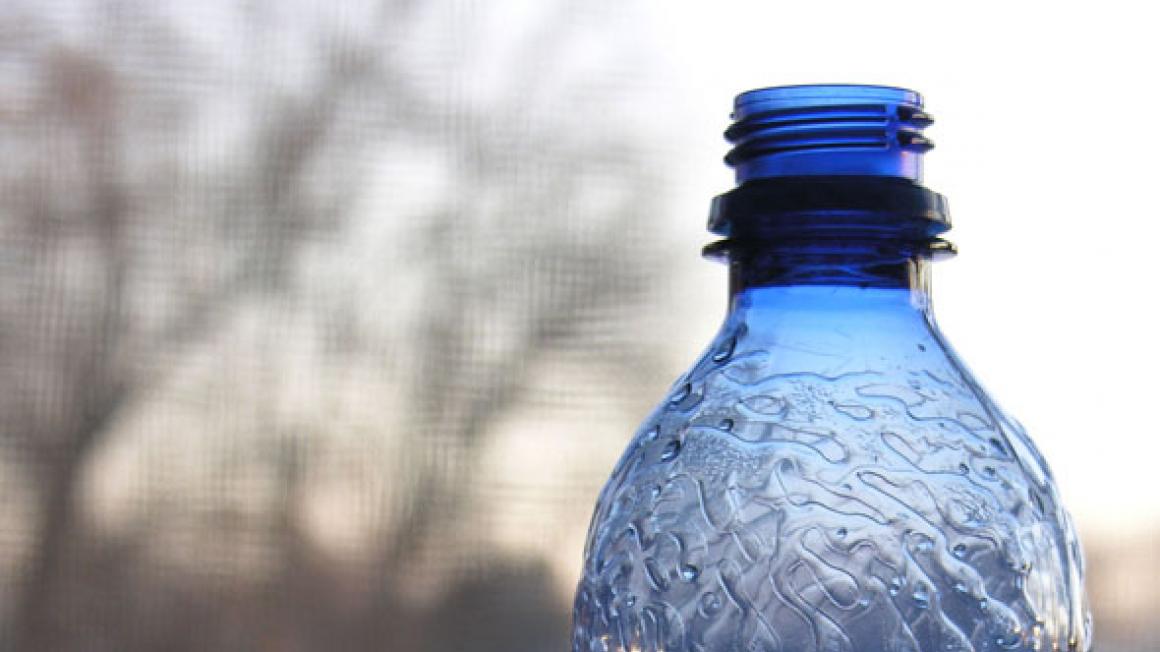YOUR HEALTH Dr James Le Fanu: 14 March
This has become a major problem in recent years with the doubling, over the last two decades, of the number of children labelled ‘obese’. And because fat children tend to grow up to become fat adults, it is particularly important to try to influence their healthy-eating habits from an early age.
To be sure, there may well be a genetic element about which there is not much that can be done. This is clearly demonstrated by studies of adopted children, where their body mass more closely resembles that of their true, rather than adoptive, parents.
Nonetheless, it turns out, rather surprisingly, that the eating patterns of fat children tend to be different from others.
When psychologist Marjorie Waxman of the University of Pennsylvania painstakingly compared obese boys with their nonobese brothers, she found that they not only ate considerably more (more than 1,000 calories in one meal compared with 600), but twice as fast. These eating patterns are clearly modifiable and it helps, too, to alert children to the calorie content of the different foods they consume.
Several years ago, a report in the Journal Of The American Medical Association, titled Ten-year Follow-up Of Behavioural, Family-based Treatments For Obese Children, showed that even a brief therapeutic intervention based on these two principles can have remarkably long-term benefits.
The ‘family-based treatment’ had two components: a ‘traffic-lights diet’ and a system of rewarding children for changing their eating habits. The diet involved coding foods by colour, depending on how fattening they were. They ranged from green, which the child was encouraged to eat, through yellow to red for sweets and sugary drinks, which were forbidden.

The behavioural therapy involved setting up ‘contracts’ and promoting ‘social reinforcement’. The treatment period lasted just eight weeks – but 10 years on the effects were still obvious.
The children were marginally too plump (reflecting the genetic contribution to obesity), but this was in marked contrast with a control group where the children were, on average, half as heavy again as they should be – obviously highly encouraging.
This week’s medical query comes courtesy of a lady from Surrey in her mid-80s, troubled by the embarrassing problem of drooling saliva. ‘My saliva flow seems to have increased as I have grown older,’ she writes. ‘This problem is not helped by the deep creases that run from the corners of my mouth, providing channels down my chin.’ Her teeth, she says, are ‘well-maintained’ and she has not had a stroke or similar misfortune. What, she wonders, might be responsible?
This embarrassing drooling problem can certainly be due to oversalivation caused by some problems in the salivary gland. But in this age group it is more likely to be related to a defect in the mechanism for swallowing saliva. Hence the rationale for the (paradoxical) treatment of chewing gum, which increases the volume of saliva, making it more readily swallowed.
FILTER IT FIRST?
Some of those troubled with IBS may be sensitive to the presence of fluoride in the water supply, as suggested by a reader from Yorkshire. She reports that her husband’s symptoms improved when he switched from drinking tap water to bottled, and improved further after using a water filter. Another reader writes: ‘Switching to fluoride-free toothpaste and bottled water has improved my cramps, bloating, diarrhoea and exhaustion. If I drink tap water the symptoms return.’Email drjames@lady.co.uk



